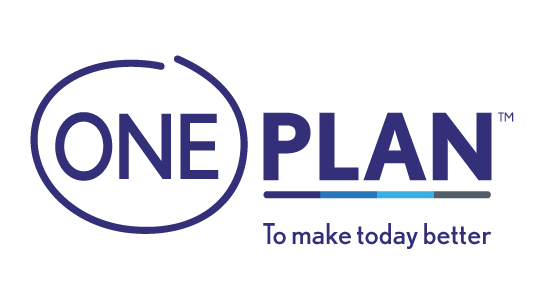Do you know what to do when your child is choking? Here are the 4 most frequently asked questions, and the answers to help.
Choking is a parent’s worst nightmare – and it’s even worse if you don’t know what to do if a child is choking. Children are prone to choking because, well, they’re children. They’re still learning what can and can’t go in their mouths and you never know when a small object could get lodged in their throat.
When it comes to choking, timing is absolutely everything. As the first person on the scene, it’s essential that you know what to do. Choking can be easily rectified without waiting for an ambulance or driving to the nearest hospital. Every second counts when the air supply has been cut off, so read on to find out what to do if a child is choking and potentially save their life.
Read this: Fun & healthy school lunch ideas your kids will love
What is choking?
Choking occurs when something blocks your airway – whether it be food or a foreign object. Choking is considered a critical medical emergency that requires immediate attention.
4 FAQs on What To Do If a Child Is Choking
First aid covers a ton of scenarios, including choking. This is how we like to see it: you are only as prepared for a situation as the last time you trained for it. We would recommend that ALL parents take a general First Aid course to understand the basics of managing and stabilising.
If you are in a public space, the first step you should take is to identify the most qualified person in the area. Check if there are doctors, nurses or first aid responders nearby. If there are, this person can take control. If there aren’t, it’s time for you to step in, which is when it’s essential for you to know what to do if a child is choking. If there is somebody with you, ask them to call an ambulance as your child may need medical care even after the object is dislodged.
The person calling for help needs to know some important details: the age of the child, any allergies or conditions and what their resting heart rate is. This will help the medical team to arrive at the scene prepared, saving you precious time.
What are the signs and symptoms of choking?
When somebody is choking, they will be unable to speak, breathe or cough. They won’t even be able to cry. The biggest sign of choking is absolute silence as the victim tries to get air into their lungs.
If the victim is able to cough, encourage them to carry on. The air pressure from their diaphragm may help to dislodge the object. Another serious sign of choking will be the skin turning blue and the child becoming unconscious.
Discover: 3 Signs of ADHD in Kids & How to Manage It
How can I perform the Heimlich Manoeuvre?
Okay, so you’ve identified that a child is choking. How do you dislodge whatever is in their throat? The Heimlich Manoeuvre is a tried and tested anti-choking method that everybody should know how to perform.
Here’s how to perform the Heimlich Manoeuvre on a child:
- Start with positioning them correctly – if they’re conscious, stand behind them and bend the top half of their body at a 90-degree angle.
- They should be bent at the waist, so the top half of their body is parallel with the floor. Make sure the upper body is supported.
- Your first step is to deliver five rapid blows to their back, between the shoulder blades. If this doesn’t work, move on to abdominal pumps.
- Curl your hand into a fist and rest the thumb side of your fist on their belly button and just below the breastbone.
- Cover the fist with your other hand. Perform five abdominal pumps.
- You can alternate between five back thrusts and five abominable pumps until the object is dislodged and you hear the patient breathe, cry or speak.
What if the patient is a baby?
Trying to save a choking baby when you don’t know how can be equally as dangerous – you could cause damage to their neck, spine and internal organs. You do NOT use the same method on a baby as you would a child.
If a baby is under 1 year old, avoid any abdominal thrusts. Rest the choking baby on your lap or on your forearm, holding their jaw to support their head. Make sure their head is lower than their waist. Perform five quick and firm back pumps between the shoulder blades.
If this doesn’t work, turn them over (still supporting their neck) and use your first two fingers to press down on their chest just below the nipples. Repeat this until the item is coughed up or you can see it in the throat, and you can dislodge it with your fingers.
What if the patient has lost consciousness?
If the patient is unconscious, you need to perform CPR immediately. On an older child, you’ll perform standard CPR as their chest bone is strong enough to withstand the force. Put your dominant hand over your other hand and interlace your fingers so that both palms are facing down.
Perform thirty compressions on the middle of their chest at a rate of 100 compressions per minute – so you’re doing it pretty fast. Once you’ve done thirty compressions, open the child’s mouth and give them two breaths.
Hold their nose, open their mouth and create a seal using your hand. Blow two HARD breaths into their mouth so that you can see their chest rise. Continue this until help arrives or until your child coughs, speaks or cries.
Hopefully, you feel more prepared for the worst and now know what to do if a child is choking. Remember to stay calm and draw on your previous knowledge.
Read next: 5 Healthy Habits for Kids & How to Boost Your Child’s Immune System
Your Health Insurance Family,
Oneplan




